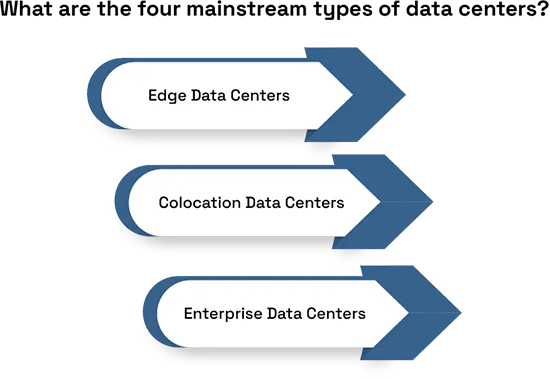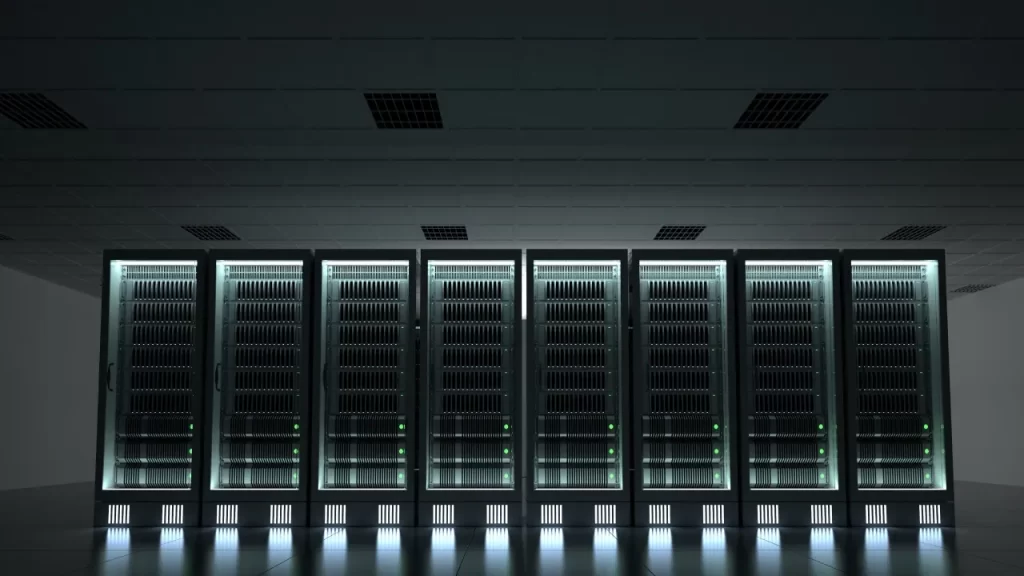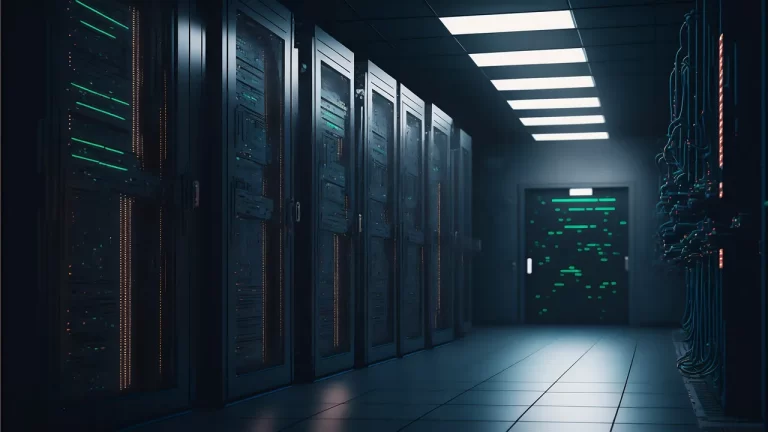A data center is a physical location where powerful edge computing equipment such as servers, storage systems and network gear are held. Data centers are where businesses store, manage and process their data and it’s the heat of an organization’s IT operations. In the modern digital world, they are necessary for a website, app, database and indeed cloud services to run.
Data centers are used to support key business functions. They handle high volumes of data and ensure applications run smoothly. The world’s Largest Data Center Companies use them to back up data, host websites, and deliver cloud-based tools. Some build their own (on-premise), while others rent space in colocation data centers or cloud-based platforms. Proper data center management is key for high performance and security.
There are server types of data centers to meet different needs. Enterprise Data Centers, Colocation or MultiTenant Data Centers, Hyperscale Data Centers and Edge or Micro Data Centers are the main ones. Another rising type is the Container or Modular Data Center, known for flexibility and fast deployment. Understanding these types helps businesses select the right data center solution.

Enterprise Data Centers
An enterprise data center is a private data center owned by a single organization. It is designed to support the company’s unique business and IT needs. These data centers are often used by Big-Tech companies that need full control over their systems and want to manage their own data center operations.
Enterprise data centers can be built on-premises, near the business site, or off-premises, in a location chosen for better power, security, or cooler weather. Some companies choose a remote site to protect data in case of a disaster. Others pick colder regions to lower energy costs.
These are centers that house all major data center components, comprising servers, storage and network systems. The IT team manages the white space(IT equipment), while the gray space (cooling, power system) may be handled by facilities staff. These setups often rely on data center infrastructure management (DCIM) tools to track systems. If you search for “data centers near me,” you might find enterprise facilities or similar setups nearby.
Multi-Tenant Data Centers/Colocation Data Centers
A data center refers to a multi-tenant or colocation data center which is a facility shared by different businesses for placing servers and the IT systems. They offer key infrastructure and hardware, namely power, cooling, internet, security. They are ideal for world’s largest companies that don’t have space or staff to run a full data center on their own.
Businesses from all industries like healthcare, banking, and government use these centers to host their systems. They can rent as much space as needed and grow over time. Many use cloud networking to connect their systems. It is also a key feature with strong data security. To handle demands, some centers now use advanced tech like immersion cooling to keep equipment running efficiently.

Hyperscale Data Centers
Hyperscale data centers are massive facilities built to handle huge amounts of data and support and maintain the cloud services. Big data center companies, with Amazon, Microsoft, and Google, run most of these centers. More than half of all hyperscale data centers belong to these tech giants. As demand grows, so does spending. Microsoft AI data center spending has increased to support new technologies like artificial intelligence.
These data centers have thousands of servers and large equipment. They are much bigger, often over 10,000 square feet. They are owned and operated by the company instead of being in colocation data centers. Many work with global providers like Equinix to expand and deliver fast, reliable service.
Edge/Micro Data Centers
An edge data center is a smaller facility located closer to the users it serves. It processes data near the source to reduce delays. These centers help with real-time tracking data, automation, and smart devices. This makes things like telemedicine, 5G, and smart homes work faster and better.
Micro data centers are also small and powerful. They support quick data processing for devices like robots, self-driving cars, and health monitors. By handling data locally, they reduce the need to send it far away. This improves speed, save times, and creates a better user experience.
Container/Modular Data Centers
A container data center is a portable unit, often built inside a shipping container. It comes with everything ready to use: servers, storage, power systems, cooling, and network equipment. These centers are easy to move and set up quickly
Modular data centers are used for both short-term and long-term needs. They are found on construction sites, in energy zones, or added to schools and offices and offices that need more IT space. They help businesses grow fast and support new technologies without building a whole new data center.








